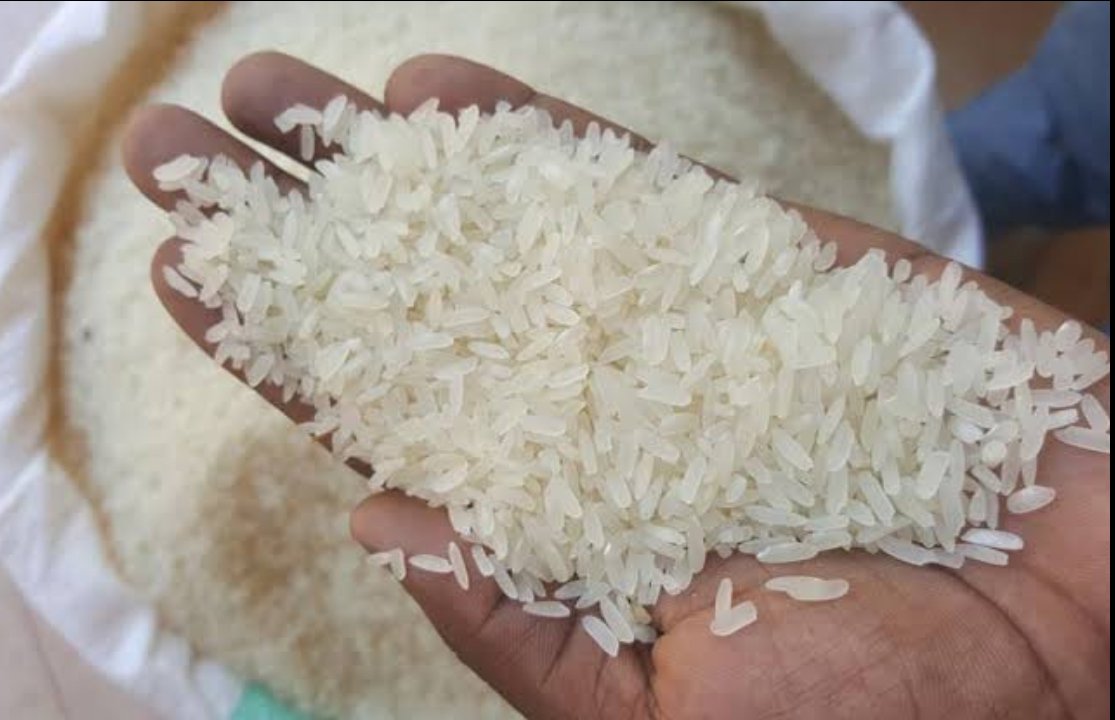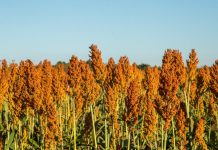Author: FATMA ABDU
AfricaPress-Tanzania: TANZANIA Agricultural Research Institute (TARI) has developed some new rice varieties (TARI RIC1 and TARI RIC2) to address challenges rice farmers face in the country.
Rice production per year has increased from 1,170358 metric tonnes (2011/2012) to over 2.5 million metric tonnes in 2018/2019.
Current demand stands at 990 044 metric tonnes while production is estimated to be over 2.5million metric tonnes, whereas as of now Tanzania is moderately self-sufficient in rice growth.
That was said by TARI Ifakara Manager, Dr Atugonza Bilaro, while talking to the ‘africa-press’ at the ongoing Nanenane exhibition at Nyakabindi grounds, Bariadi District, Simiyu region.
According to him the new varieties would increase yields from 0.5 and 1.5 tonnes per hector to an average of 6- 8 tonnes per hectare per year.
“This is as a result of improvements of indigenous seeds, we have improved seeds and the current one can manage to survive during the dry season,” said Dr Bilaro.
He noted that it was moderate in the sense that some farmers are still using local varieties, whose yields fluctuates with climatic variation
Dr Bilaro noted that TARI Ric1 variety is specifically for replacing other types of varieties especially SUPA, because TARI RIC2 is specifically produced for subsistence farming and mature early to enable farmers with irrigated areas to cultivate twice a year.







